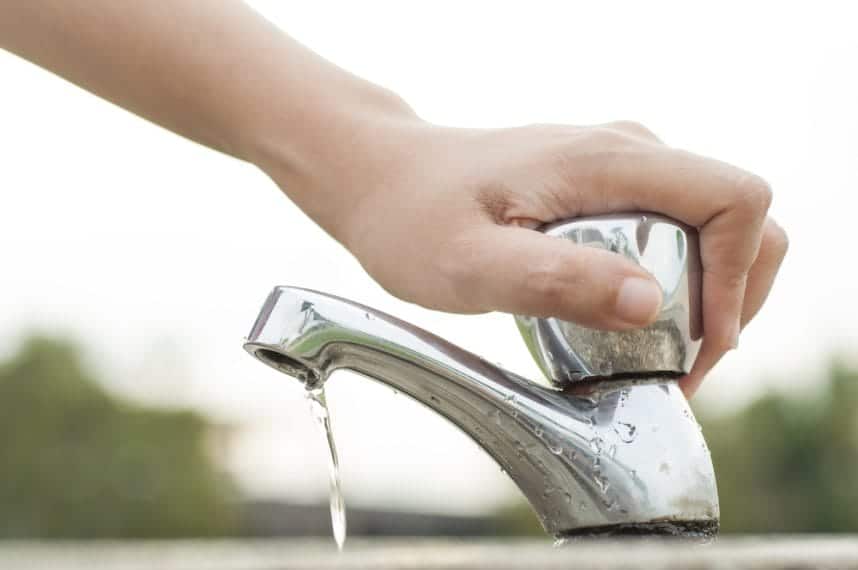In our day-to-day lives, we frequently overlook the quality of the water that flows from our taps. We utilize it for various purposes like cooking, cleaning, and drinking, often without verifying its safety. Nevertheless, this indifferent standpoint does not mirror the situation in other regions worldwide where water scarcity poses a grave challenge due to escalating demand and diminishing natural reservoirs.
A 2010 United Nations report revealed that more than 2 billion individuals lack access to clean and safe drinking water, resulting in numerous deaths annually due to waterborne ailments. Moreover, the surge in water requirement for agriculture and energy generation has intensified the crisis. In response to this pressing situation, scientists have devised a method leveraging sunlight, a plentiful resource in many of these water-scarce areas, to alleviate the water problem.
A breakthrough in water treatment technology was highlighted in a study published on February 7, 2019, in the scientific publication Chem. Researchers successfully eradicated nearly 100% of pathogenic bacteria like E. coli in 10 liters of water using a photosensitive catalyst known as graphitic carbon nitride (g-C3N4). This catalyst undergoes chemical modification upon exposure to light. The volume of purified water obtained can fulfill the everyday water necessities of four healthy adult men.
The photosensitive catalyst functions by capturing electrons and creating compounds with oxygen, including hydrogen peroxide, which effectively eradicates harmful bacteria. This innovative method enables swift purification without introducing toxic metals into the water, a liability observed in prior studies.
Ongoing efforts aim to extend the application of this purification technology to meet the rising demand for safe water. It is imperative to confront the water crisis and guarantee access to clean and safe water for both the present and future generations.
Image Source: T.Dallas @ Shutterstock
































